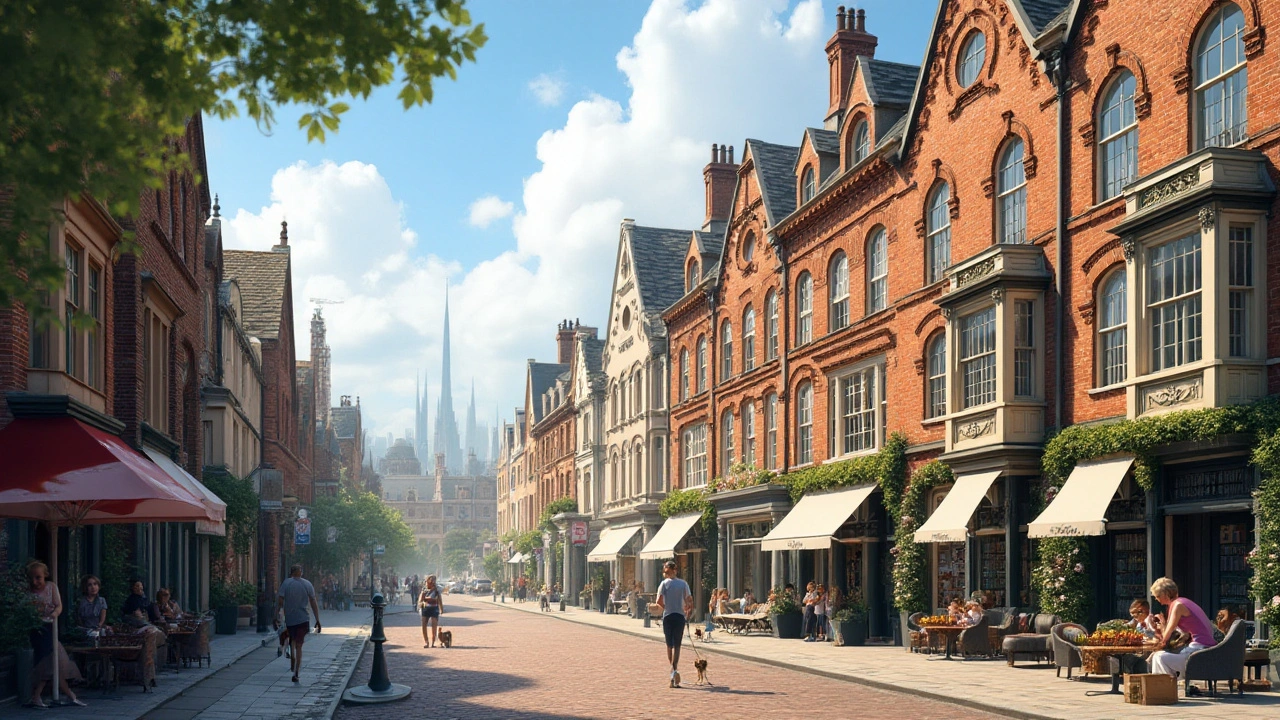Italianate architecture, which flourished during the 19th century, is experiencing a revival in contemporary design. Known for its elegant features such as brackets, cornices, and arched windows, this style is being reimagined in modern architecture. The resurgence blends historic charm with modern functionality, offering both designers and homeowners opportunities for creating stunning spaces. Understanding the elements and historical context of Italianate architecture can inspire new construction and renovations alike.
Design inspiration: architecture styles that spark ideas
Want a quick idea boost? Look at the buildings you pass every day and ask: what feature could make my next design memorable? This tag gathers articles that do exactly that—break down styles into clear, usable ideas so you can steal smart details without copying whole buildings.
Here you’ll find posts on historic movements like Colonial, Greek Revival, Beaux‑Arts, Renaissance, and Baroque. You’ll also see modern directions: High‑Tech, Neo‑Futurism, Constructivist, Postmodern, and International Style. Each article explains key features, why they worked, and how to adapt them now—whether you’re redesigning a façade, planning an interior, or building a small structure.
How to use this collection
Start by picking one style that surprises you. Read the short history to understand the "why" behind the look—knowing context helps you reuse elements honestly. For example, the Greek Revival pieces explain how simple column proportions create a strong entrance; the Beaux‑Arts articles show how symmetry and ornament can guide a public space. Use the Renaissance and Roman posts when you need structural tricks—arches, vaults, and proportions that still work today.
Then collect examples. Create a moodboard with photos from the posts: pick a material, a window type, and a proportion you like. Mix one historic idea with one modern idea—say, a clean glass curtain wall inspired by High‑Tech with a classic cornice from Georgian or Colonial articles. That keeps designs fresh and rooted.
Fast tips to turn ideas into designs
Focus on one feature per project. Don’t try to copy an entire style—use a window shape, a cornice line, or a color palette. Test the idea at scale: sketch it, then mock it in a simple 3D or elevation. Materials matter—read the articles on construction techniques like Roman concrete or Bauhaus realism to pick durable, honest finishes. Preservation pieces offer renovation advice if you’re working with an old building.
If you work on interiors, check Mid‑Century Modern and American Craftsman posts for furniture scale and joinery; they give practical cues on proportion and detail. For bold public work, the Neo‑Futurism and Expressionist articles suggest dramatic massing and light effects that grab attention without wasting budget.
Try this 5‑minute exercise: 1) Pick a post—say 'High‑Tech Architecture' or 'Renaissance Architecture.' 2) Identify one form (arch, curtain wall, cornice), one material, one color. 3) Sketch a simple plan or façade combining those three. 4) Swap one historic material for a modern alternative—stone to engineered concrete, wood to warm metal. 5) Ask: does this choice solve a need (shade, structure, cost)? If yes, keep it; if no, tweak or drop it. Repeat with a different post the next day. Over a week you’ll have several hybrid ideas ready to test in real projects.
Bookmark this tag, save three articles, try one idea per project. Use simple tools: a phone camera to study proportions, Instagram boards for materials, foam models or cardboard models to test massing. If you’re renovating, read the preservation pieces first—changes can protect history and add value.

